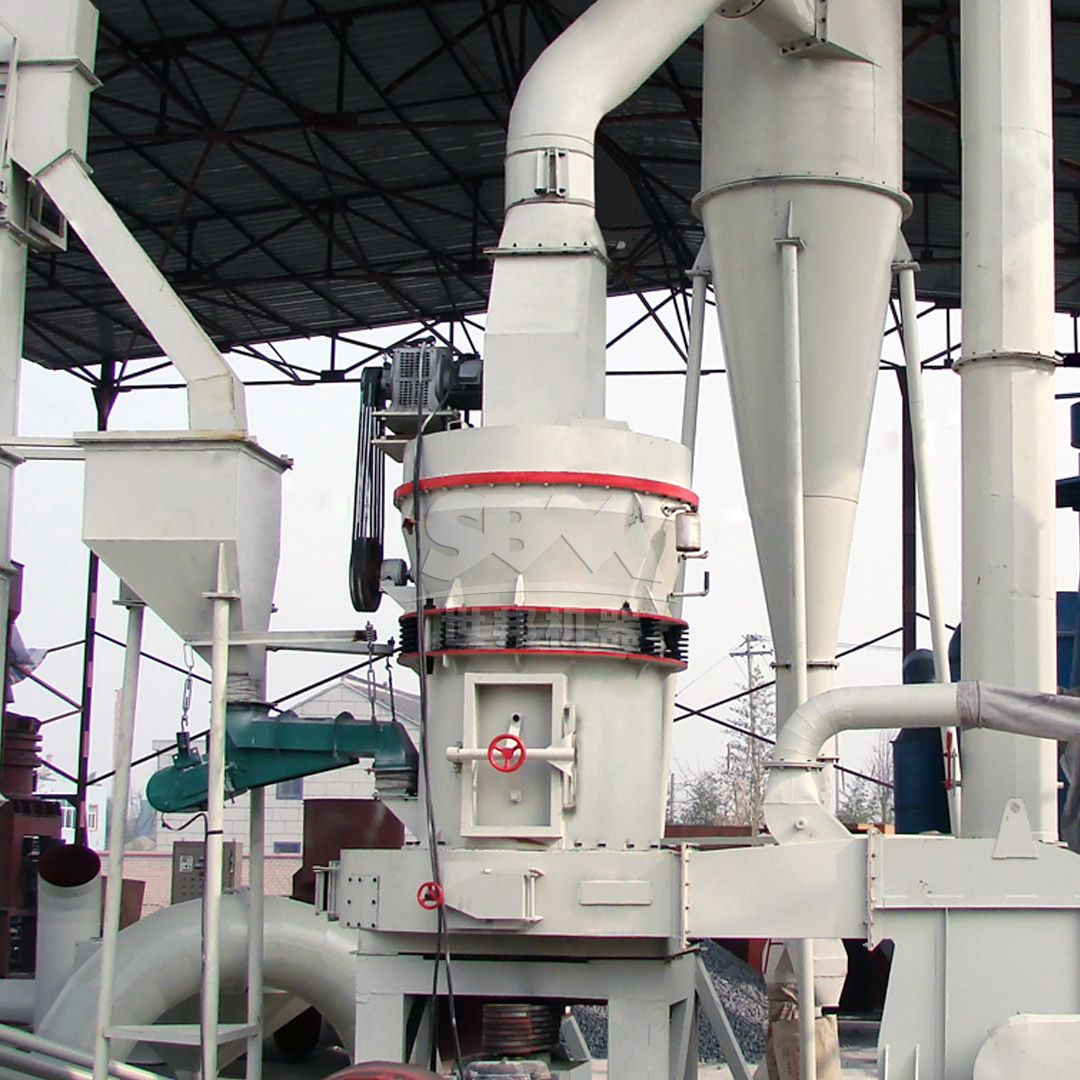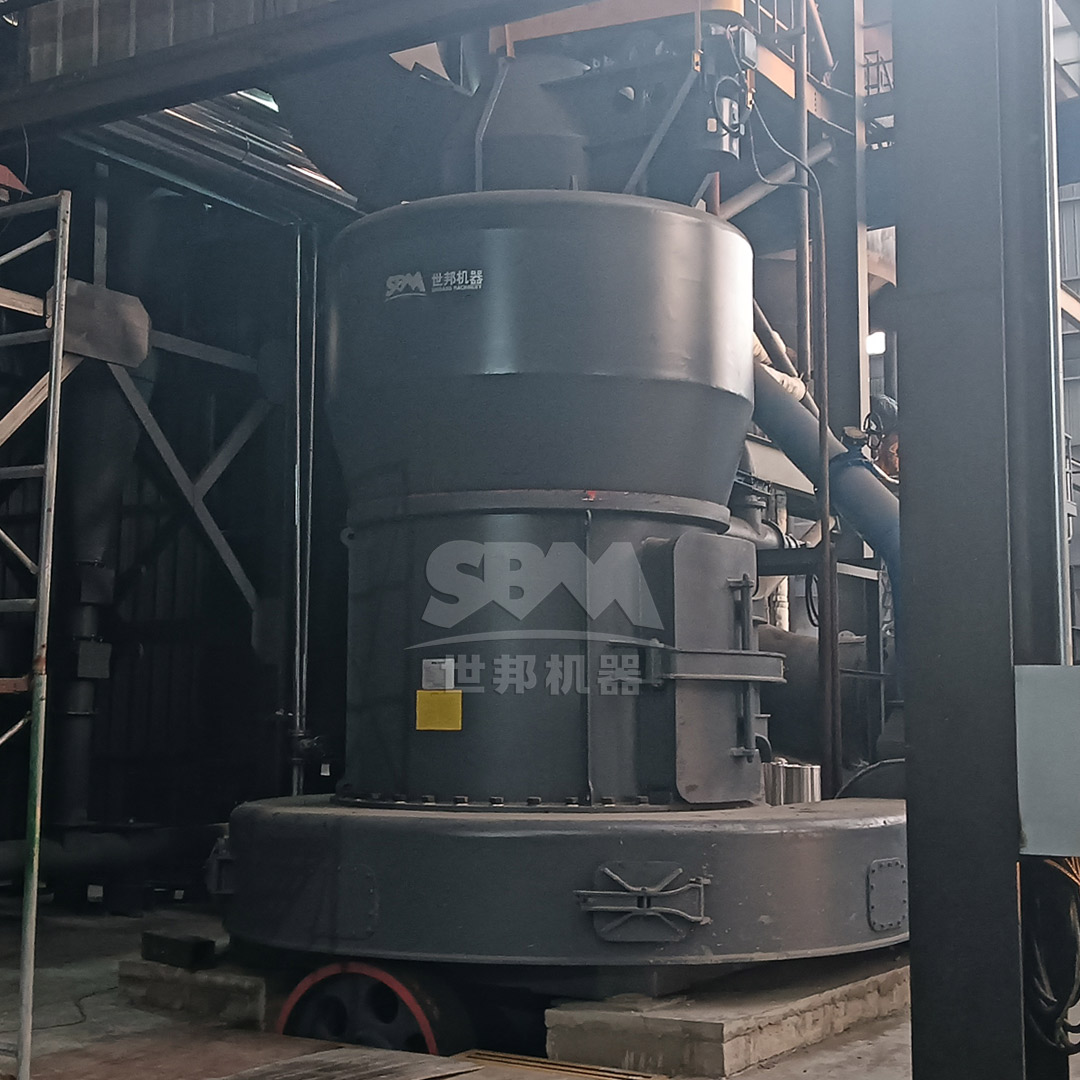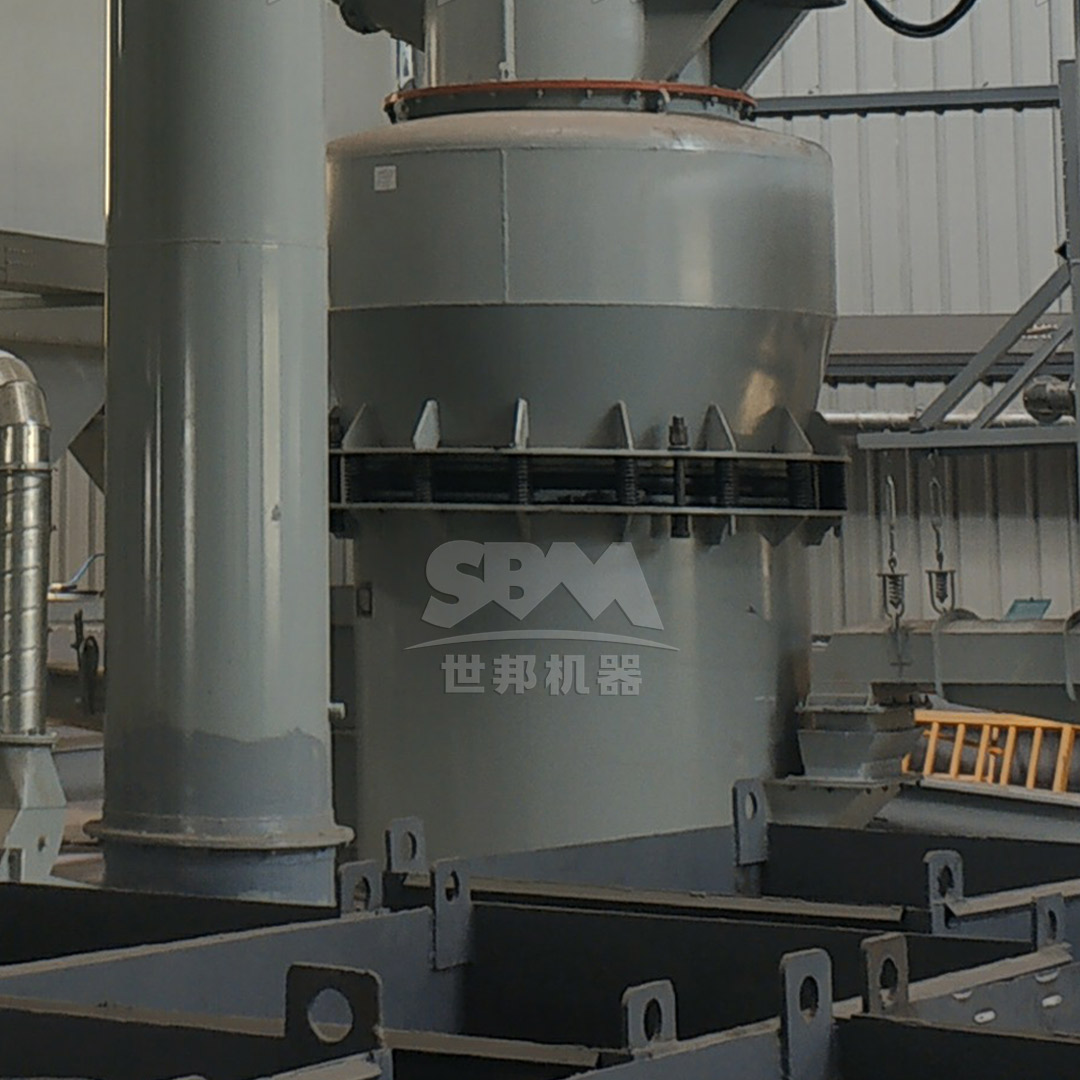Bentonite clay has become the material of choice for modern cat litter manufacturing due to its exceptional moisture absorption, clumping properties, and natural odor control capabilities. The performance of bentonite-based cat litter is heavily dependent on the particle size distribution achieved during the grinding process. Selecting the right grinding mill is therefore critical for producing high-quality cat litter that meets market expectations for clumping strength, dust control, and overall performance.
The ideal particle size for cat litter applications typically ranges from 30 to 100 mesh (600 to 150 microns), with specific requirements varying based on the product type. Clumping litter generally requires finer particles for better cohesion, while non-clumping varieties can utilize slightly coarser material. This article provides a comprehensive guide to selecting the optimal bentonite grinding mill for your cat litter production needs.

The primary consideration when selecting a grinding mill for cat litter production is the target particle size distribution. Bentonite for cat litter requires careful control over both the upper and lower size limits. Particles that are too coarse will not form proper clumps, while excessive fines create dust problems and reduce product quality.
Most commercial cat litter products utilize a carefully balanced mix of particle sizes. The optimal range typically includes:
Your production volume directly influences the type and size of grinding equipment needed. Cat litter manufacturing operations range from small specialty producers (1-5 tons per hour) to large-scale industrial facilities (20+ tons per hour). The mill selection must match both current production needs and allow for future expansion.
When calculating capacity requirements, consider:
Grinding operations typically account for a significant portion of total energy consumption in cat litter manufacturing. Modern grinding mills offer substantial improvements in energy efficiency compared to traditional equipment, which can dramatically reduce operating costs over the equipment lifespan.
Key energy efficiency factors include:
Bentonite clay varies significantly in moisture content and hardness depending on the source mine. The natural moisture content of raw bentonite typically ranges from 15% to 30%, which can affect grinding efficiency and may require pre-drying in some cases.
Important material characteristics to consider:
Raymond mills, particularly the modern MTW Series Trapezium Mill, represent an excellent choice for medium to high-capacity cat litter production facilities. These mills offer reliable performance, relatively low operating costs, and produce the particle size distribution ideal for most cat litter applications.
The MTW Series mills feature several technological advancements that make them particularly suitable for bentonite grinding:
| Model | Capacity (t/h) | Main Motor Power (kW) | Output Fineness (mesh) | Feed Size (mm) |
|---|---|---|---|---|
| MTW110 | 3-9 | 55 | 10-325 | <30 |
| MTW138Z | 6-17 | 90 | 10-325 | <35 |
| MTW175G | 9.5-25 | 160 | 10-325 | <40 |
| MTW215G | 15-45 | 280 | 10-325 | <50 |
For cat litter manufacturers seeking reliable, high-capacity grinding solutions, we highly recommend the MTW Series Trapezium Mill. Its combination of processing capacity (3-45 tons per hour), appropriate output fineness (30-325 mesh), and energy-efficient operation makes it an ideal choice for medium to large-scale cat litter production facilities. The curved air duct design and wear-resistant components specifically address the challenges of bentonite grinding, ensuring consistent product quality with minimal maintenance requirements.

For manufacturers producing premium or specialty cat litters that require extremely fine particles, ultrafine grinding mills offer the precision and control needed for superior product quality. The SCM Ultrafine Mill series can produce particles as fine as 5μm (2500 mesh), though most cat litter applications utilize the coarser end of this range.
The SCM Series incorporates several advanced features that benefit bentonite processing:
| Model | Capacity (t/h) | Main Motor Power (kW) | Output Fineness (mesh) | Feed Size (mm) |
|---|---|---|---|---|
| SCM800 | 0.5-4.5 | 75 | 325-2500 | 0-20 |
| SCM1000 | 1.0-8.5 | 132 | 325-2500 | 0-20 |
| SCM1250 | 2.5-14 | 185 | 325-2500 | 0-20 |
| SCM1680 | 5.0-25 | 315 | 325-2500 | 0-20 |
For premium cat litter production requiring precise particle size control, the SCM Ultrafine Mill represents the optimal solution. Its ability to produce consistent fine powder (325-2500 mesh) with high energy efficiency makes it particularly valuable for manufacturers of high-performance clumping litters. The intelligent control system ensures consistent product quality, while the high-precision classification eliminates coarse particle contamination that can compromise litter performance.
Vertical roller mills offer significant advantages for large-scale cat litter production facilities, particularly in terms of energy efficiency, footprint, and integrated processing capabilities. The LM Series combines crushing, grinding, and separation in a single unit, reducing both space requirements and overall system complexity.
Key benefits of vertical roller mills for bentonite processing include:
While less common in modern cat litter facilities due to higher energy consumption, ball mills still find application in certain specialized production scenarios. Their primary advantage lies in their ability to handle materials with higher moisture content and their relatively simple operation and maintenance requirements.
Ball mills are typically considered when:
| Mill Type | Optimal Capacity Range | Particle Size Range | Energy Efficiency | Capital Cost | Best Application |
|---|---|---|---|---|---|
| MTW Trapezium Mill | 3-45 t/h | 30-325 mesh | High | Medium | Standard cat litter production |
| SCM Ultrafine Mill | 0.5-25 t/h | 325-2500 mesh | Very High | High | Premium clumping litter |
| LM Vertical Mill | 3-250 t/h | 30-325 mesh | Very High | High | Large-scale production |
| Ball Mill | 0.65-450 t/h | 0.074-0.8mm | Medium | Low-Medium | High-moisture bentonite |
Proper material handling is essential for consistent grinding performance in cat litter production. The feed system must maintain a consistent flow rate to the mill while preventing bridging or segregation of the bentonite clay. Vibratory feeders with variable speed control typically provide the best results, allowing operators to fine-tune feed rates based on mill performance.
Bentonite grinding generates significant dust that must be controlled for both product recovery and environmental compliance. Modern pulse-jet baghouse collectors with automatic cleaning cycles represent the industry standard, typically achieving collection efficiencies exceeding 99.9%. Proper system design should include consideration of air-to-cloth ratio, filter media selection, and explosion protection where applicable.
While many grinding mills incorporate internal classification systems, external classifiers can provide additional control over particle size distribution. Air classifiers are particularly effective for cat litter applications, allowing producers to precisely adjust the balance between coarse structural particles and fine clumping particles.

Bentonite moisture content significantly impacts grinding efficiency and product quality. Most grinding mills perform best with material moisture between 8% and 15%. Natural bentonite typically requires pre-drying, which can be accomplished using rotary dryers, flash dryers, or by utilizing waste heat from other processes.
Although bentonite is relatively soft compared to other minerals, the abrasive nature of clay minerals can cause significant wear to grinding components. Implementing a proactive wear part management program that includes regular inspection, proper inventory management, and scheduled replacement can prevent unexpected downtime and maintain product consistency.
Continuous monitoring and optimization of grinding parameters can yield significant improvements in product quality and operating costs. Key parameters to monitor include:
Selecting the optimal bentonite grinding mill for cat litter manufacturing requires careful consideration of multiple factors, including production capacity, target particle size distribution, energy efficiency, and total cost of ownership. For most cat litter applications, the MTW Series Trapezium Mill offers an excellent balance of performance, efficiency, and reliability, producing the ideal particle size range for both clumping and non-clumping litter products.
For manufacturers focused on premium products requiring finer particle size control, the SCM Ultrafine Mill provides unparalleled precision and consistency. Large-scale operations may benefit from the integrated design and exceptional efficiency of LM Series Vertical Mills.
Ultimately, the right choice depends on your specific production requirements, quality standards, and business objectives. By understanding the capabilities and limitations of each mill type, cat litter manufacturers can make informed decisions that optimize both product quality and operational efficiency.